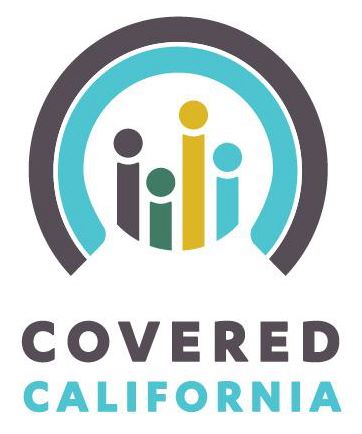August 14, 2013
If you follow the local news here in the Golden State at all, you have been hearing about the California Health Insurance Exchange a lot in the past couple of months. What is it, exactly? And how will it affect your family health insurance?
California Health Benefit Exchange
 The California Health Benefit Exchange is the American Health Benefit Exchange provisions of the Patient Protection and Affordable Care Act (ACA), in California. Simply put: It is “Obamacare” being implemented in California.
The California Health Benefit Exchange is the American Health Benefit Exchange provisions of the Patient Protection and Affordable Care Act (ACA), in California. Simply put: It is “Obamacare” being implemented in California.
As the outreach and public-awareness campaigns ramp up over the last quarter of 2013, you will probably start hearing less about the “California Health Benefit Exchange,” and more about the consumer-friendly brand name, “Covered California.” They are one and the same.
What Does It Mean for Your Family?
The ACA, in part, requires that every U.S. citizen maintain qualifying health insurance coverage, or pay an additional federal tax beginning in 2014. The amount to be paid will be the greater of either a flat rate, or a percentage of the household income, both of which gradually increase year after year.
The Exchange is a platform for insurance companies to compete for new customers, and for consumers to easily compare insurance rates and plans.
Starting in 2014, two new regulations from the ACA will make shopping for insurance easier. First, all plans offered to individuals and small groups must provide “Essential Health Benefits” – 10 categories of basic items and services, which are outlined here.
Second, all insurance plans will be categorized into one of four tiers:
-
Bronze – Low monthly payments, High cost at the time you receive care
-
Silver – Moderately low monthly payments, Moderately high cost at the time you receive care
-
Gold – Moderately high monthly payments, Moderately low cost at the time you receive care
-
Platinum – High monthly payments, Low cost at the time you receive care
Unique to Covered California, because it is a government-sponsored program, are tax credits and cost-sharing subsidies.
Tax credits are available to low- and middle-income individuals and families, based on a sliding scale. Tax credits are applied at the time of enrollment to reduce premium cost. Consumers will not need to wait until filing a tax return at the end of the year to see these savings.
If you currently have health insurance, you can still apply for the tax credit. If you pay for your health insurance yourself, and your family qualifies, you will be able to purchase a new insurance plan through Covered California to claim the tax credit. If you currently receive health insurance benefits through your employer, Covered California will analyze your coverage. If the coverage you receive through your employer is deemed adequate and affordable, you will not be able to claim the tax credit through a new plan with Covered California.
Cost-sharing subsidies are an additional benefit to qualifying families. Also calculated on a sliding scale, cost-sharing subsidies are applied to lower your cost at the time you or a family member receives care.
Covered California will start providing health insurance coverage in January 2014. Open enrollment begins later this year. You can find more information on Covered California here, or sign up with us for email alerts.